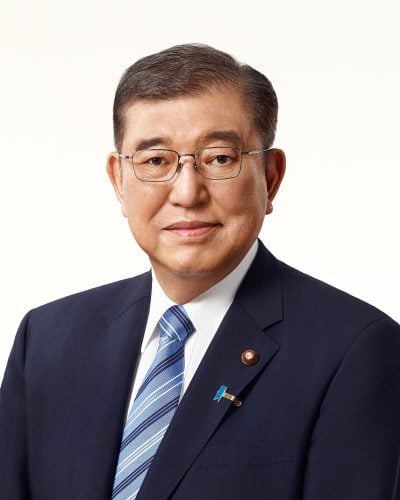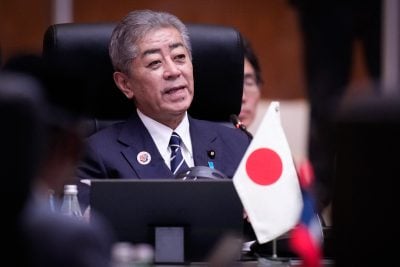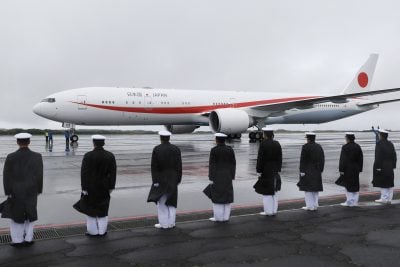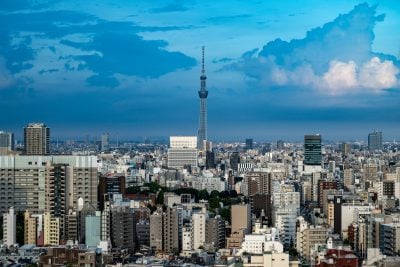Kenya goes to the polls this month to elect a new administration and a new President. If the elections are peaceful, the country will seriously embark on a far-reaching industrialisation programme that should see the economy of the sub-region transformed by 2030. Does it have the human capacity to do so? Wanjohi Kabukuru looks at the evidence.
In mid December 2012 a significant milestone of Kenya’s industrialisation process was achieved when the Sessional Paper No. 10 of 2012 on Kenya Vision 2030 was passed by the Kenyan parliament. This event had historical echoes in many ways. The Kenya Vision 2030 can only be compared with the country’s post-independence period when a similar document, the Sessional Paper No 10 on African Socialism and its Application to Planning in Kenya was published.
At the heart of both policy papers was a determination to improve and raise the living standards of the citizens of this East African country. Sessional Paper No. 10 of 1965 set the country’s economic foundation model which has guided Kenya for the last 50 years. The new policy document takes the process to its next logical level – transforming Kenya into a middle-income state in 17 years’ time.
When parliament passed this sessional paper a sigh of relief swept across the Kenyan business community, especially in the manufacturing sector. Vision 2030 is expected to transform Kenyan industries in readiness for the “newly industrialised status” ranking by 2030.
Though the Kenyan manufacturing sector leads the East African Community (EAC) bloc, it only accounts for some 14% of the country’s GDP. Clearly this share will have to increase fairly substantially if Kenya is to become the industrial workhouse of the sub-region. Fortunately the country is well endowed with established commercial firms and a galaxy of some of the most innovative entrepreneurs in this part of the continent.
Some of the successful firms include Carbacid, Mumias Sugar, Eveready, Unga Milling, Comcraft Group, BOC Kenya Limited, Athi River Mining, Car and General, Sameer Group and Devki Steel Mills. These are complemented by the Comcraft Group, General Motors, Mombasa Cement, East African Cables, East African Breweries Limited, Crown Berger Limited, Williamson Tea, Kachorua, Kakuzi, Sasini, Rea Vipingo, Eaagads and Karituri among others. Some of the continent’s best-known industrialists from this eastern African nation include Naushad Merali, Chris Kirubi, Kimani Rugendo, Muhoho Kenyatta, Manu Chandaria, Narendra Raval and Vimal Shah among others.
Despite the abundance of entrepreneural talent and industrial potential the country has to offer, Kenya has relied too heavily on the importation of manufactured products instead of its domestic production. The slow growth of Kenya’s manufacturing sector has been blamed on dilapidated infrastructure, strained communication networks, inadequate power supply and unfriendly business climate. Politcal and social disorder, corruption, the lack of transparency and yawning inequality which characterised previous administrations were added burdens that strangled the natural growth of the manufacturing sector.
However, since 2008 the outgoing grand coalition government has invested heavily in friendlier business policies, built highways, railways, airports and other related communication infrastructure all aimed at resuscitating Kenyan industries. A walk down Kenya’s memory lane reveals that all this was a well-thought-out strategy going back to 2003 with an emphasis on radical generational shift.
Brilliant technocrat
Sometime in 2003, a young and brilliant technocrat was picked by one of Kenya’s investment giants, Transcentury Group, to head a leading regional company the East African Cables (EAC). Transcentury Group had just bought some 75% of the electric cable firm from the Sameer Group, which itself was led by one of Kenya’s most insightful business icons, Naushad Merali.
The young man picked to head the firm, which has been listed on the Nairobi Securities Exchange (NSE) since 1973, was an engineering graduate from the prestigious Massachusetts Institute of Technology (MIT). His name was Mugo Kibati and at the time he was only 33 years old. He has become the face of the continent’s emerging industrialist combining private sector expertise with academic credentials and civil service resources.
In five years, the young Ivy Leaguer completely altered the fortunes of the firm. When he took over, the company’s value was pegged at $3.6m.
When he left five years later, the firm’s value had risen to $114.4m and had seen the shareholders smiling all the way to the bank as every share made a tenfold gain. In 2008, Kibati was honoured by the World Economic Forum (WEF) by being presented with a Young Global Leaders Award. As Kibati had proved his mettle in the treacherous corporate world and re-engineered the cable manufacturing sector, little did he know that he was slated for a more onerous task. The young industrialist was picked to run Kenya’s most ambitious development blueprint since independence, the Kenya Vision 2030, which had been unveiled in 2008.
Fully aware of the challenges involved in realising this economic impetus plan, the government realised that it needed results-oriented individuals shaped by industry itself to make this vision a reality. It established the Kenya Vision 2030 Delivery Board which brings together permanent secretaries drawn from 19 key government ministries, Central Bank of Kenya Governor Njuguna Ndungu and several private sector actors under the chairmanship of decorated banker Dr James Mwangi. The hands-on man head-hunted to drive the day-to-day process was Kibati. He serves as the secretary of the Vision 2030 Delivery Board and Director-General entrusted to ensure this plan becomes reality.
Positive impact on industry
When the sessional paper was passed, Kibati was elated. “This sessional paper will now play a key role in providing a legitimate anchor for Vision 2030 as the country’s economic and national development guiding policy framework and ensure it is sustained up to 2030.
This anchors the Vision as the de facto policy recognised and owned by the Kenyan government, thereby assisting its implementation,” says Kibati. “Vision 2030 was, from the beginning, a combination of the various party manifestos in the country which helped people accept it. The passing of the policy in parliament further strengthens that.”
Over the last three years, Kibati has used all available political leverage at his disposal and intensely lobbied key stakeholders in industry, civil service, universities and politics to make the plan acceptable to the majority of Kenyans. Has Vision 2030 impacted on Kenyan industries? Yes, says Kibati, and provides the details. “A comprehensive industrialisation policy is in place. Key flagship projects in the area of industrialisation and enabling sectors are at varying stages of implementation, including the training of engineers.”
He points out that new investment in energy sources such as geothermal, roads, railways, expansions of airports and seaports are all geared to accelerate economic growth. Joint venture deals with foreign companies will lead to the expansion of light industries such as steel mills and the development of micro enterprises will be boosted by collaboration between the Ministry of Industrialisation and local universities.It is understood that a memorandum of understanding has been signed by South Korean firm Posco Steel, the third-largest steel maker in the world and local company Numerical Machining Complex.
Among the key flagship projects under Vision 2030 are the $24.7bn Lamu Port South Sudan Ethiopia Transport (Lapsset) Corridor, the 50km Thika Superhighway, which has already been completed, and the recently commissioned $10bn Konza city technopolis on the outskirts of Nairobi.
“Kenya is the business hub of East Africa and gateway to the region in terms of investments. Major international corporations have now started to set up their African headquarters in Kenya,” Kibati says and hastens to add: “Overall, it is better to think of East Africa as one bloc in terms of investment and market destination. It is a better mind-set than thinking of East Africa as a fragmented market and investment destination.”
For Kenya’s industrialist, the policies are now set in stone – a vast regional market awaits them.
Want to continue reading? Subscribe today.
You've read all your free articles for this month! Subscribe now to enjoy full access to our content.
Digital Monthly
£8.00 / month
Receive full unlimited access to our articles, opinions, podcasts and more.
Digital Yearly
£70.00 / year
Our best value offer - save £26 and gain access to all of our digital content for an entire year!
 Sign in with Google
Sign in with Google 


